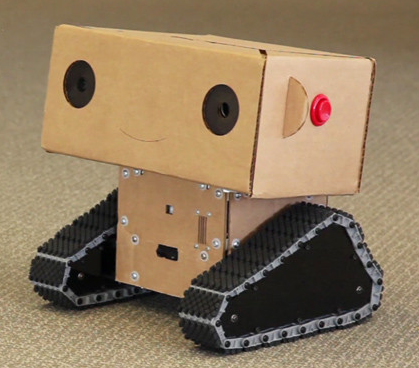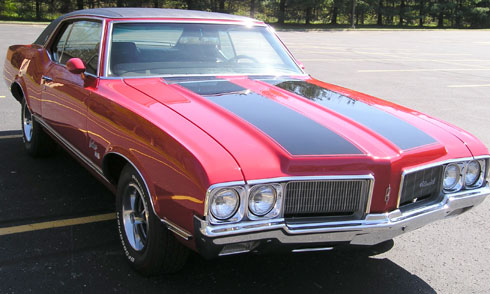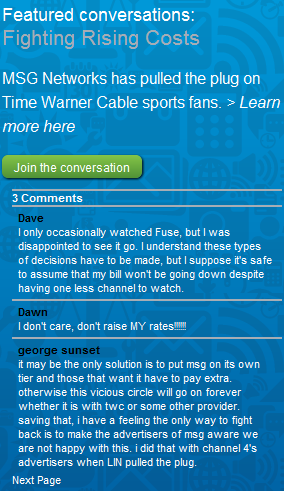Motivating the Team: When Metaphors Aren't Enough
Sports coaches are famous, perhaps notorious for breaking out the same kinds of tired, hackneyed, and over used motivational tactics and speeches to try and inspire confidence, encourage effort, and bind their team's together in a 'We are all in this together' or an 'It's us against the world' mindset.
Ever since the 'Win one for the Gipper' locker room speech achieved widespread notoriety in the classic movie 'Knute Rockne - All American', coaches of all sports and levels have continued to conjure slogans, phrases, sometimes even symbols, (make sure you touch the 'lucky poster' as you exit the locker room), to try and rev up the team prior to games, and other times, to continue to instill a philosophy, work ethic, or personality on the team that will serve as a season-long rallying cry.
One quote and it's corresponding message of 'stick to the task, even if we don't see immediate progress, eventually it will work out', is this one, from social reformer Jacob Riis:
Look at a stone cutter hammering away at his rock, perhaps a hundred times without as much as a crack showing in it. Yet at the hundred-and-first blow it will split in two, and I know it was not the last blow that did it, but all that had gone before.
This motivational quote, and variations of it, has been adopted by numerous sports teams over the years, most famously the NBA's San Antonio Spurs, as a means to achieve commitment and buy-in to the 'system', to tenacity, and to belief in a common cause as a means to eventually achieve success. Keep 'pounding the the rock' so to speak, and in time, we will become champs.
One new coach in the NBA, the Toronto Raptors' Dwane Casey, a believer in the 'pounding the rock' approach, has taken things one step further. In addition to preaching the Jacob Riis mantra to the players, he has actually had a 1,300-pound boulder placed in the team's locker room, a gigantic and visual reminder to the team of the philosophy and work ethic he is seeking to inspire.
From the Yahoo! Sports piece:
The boulder, purchased at a quarry in Thornhill, Ontario, just north of Toronto, is there to remind the players every time they walk on the court. They’re supposed to touch it as they pass by and will leave every huddle with a call to “Pound the Rock!”
I get the idea of placing an actual rock that all the players have to see and at least tacitly acknowledge each day. After all, talk is cheap and day after day of any coach or leader espousing a rallying cry is eventually going to begin to lose impact on the team, and get tuned out by the players it seeks to motivate. But I wonder if these kinds of motivational tactics, (placing a boulder in the locker room, putting up posters everywhere with the tam slogan), are any more effective.
And in one well-reported case from a few years back, one NFL team had it's 'Keep Chopping Wood' motivational display backfire on them.
Do these props, posters, and motivational displays have any more effectiveness that simply the words and actions of a good leader? Does your organization have any of these kinds of props?
I know someone out there has a Successories poster in their office!
Have a Great Weekend!

 Steve
Steve



